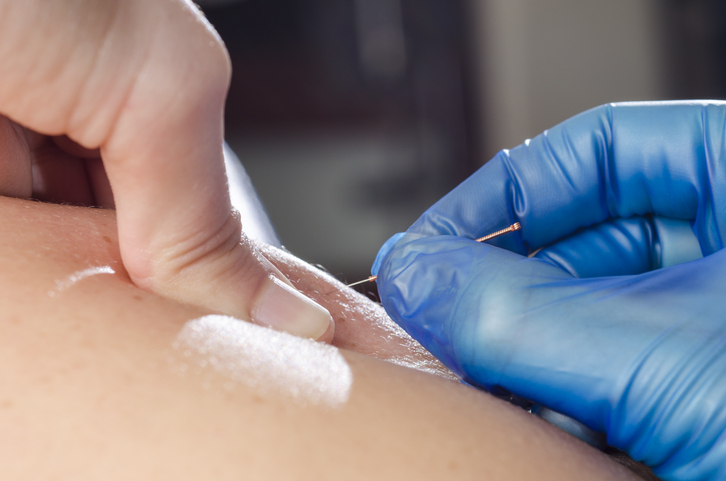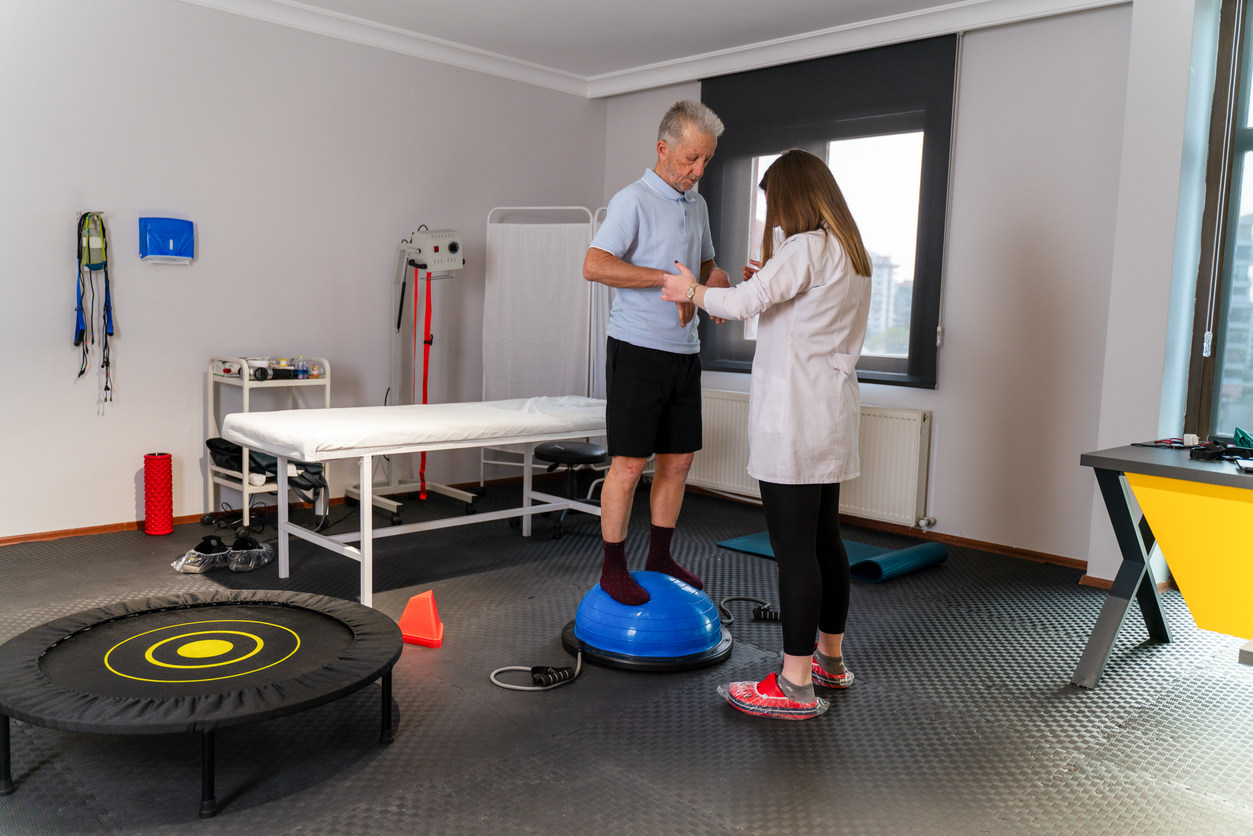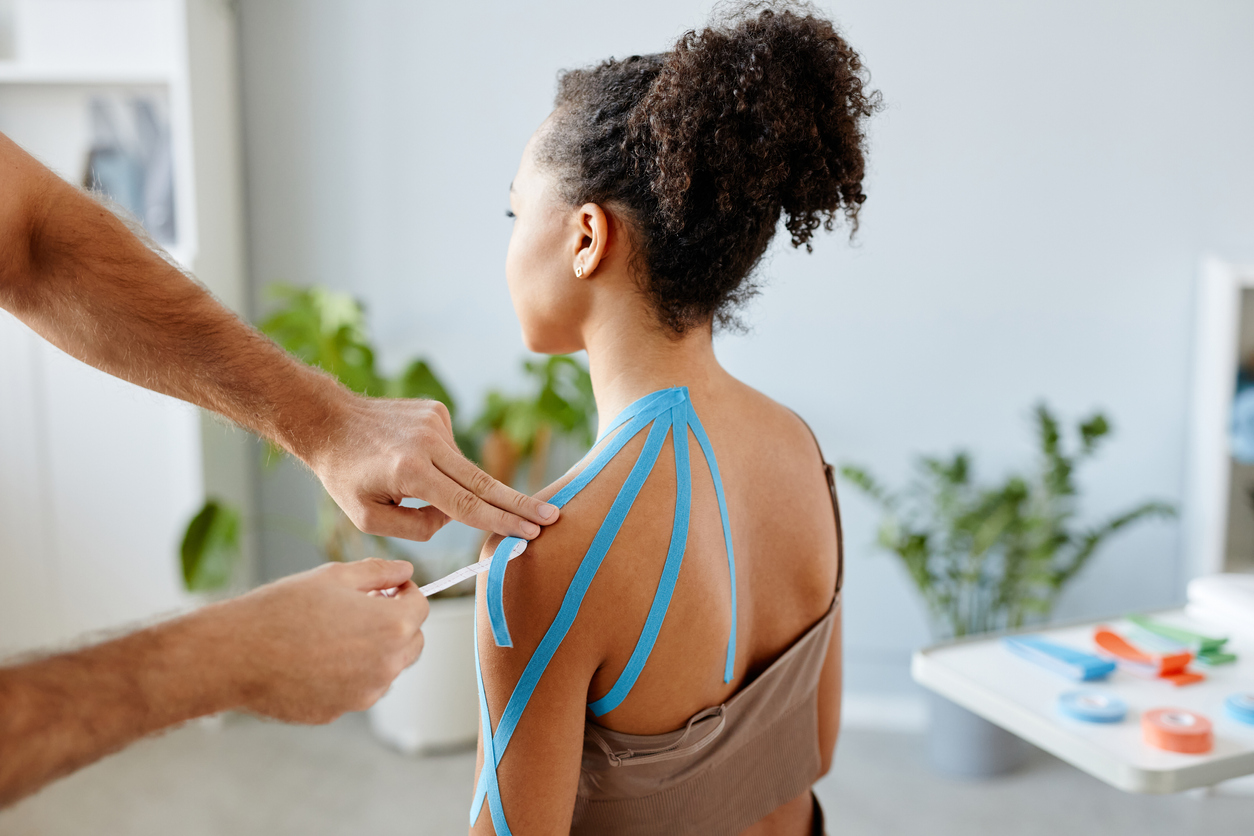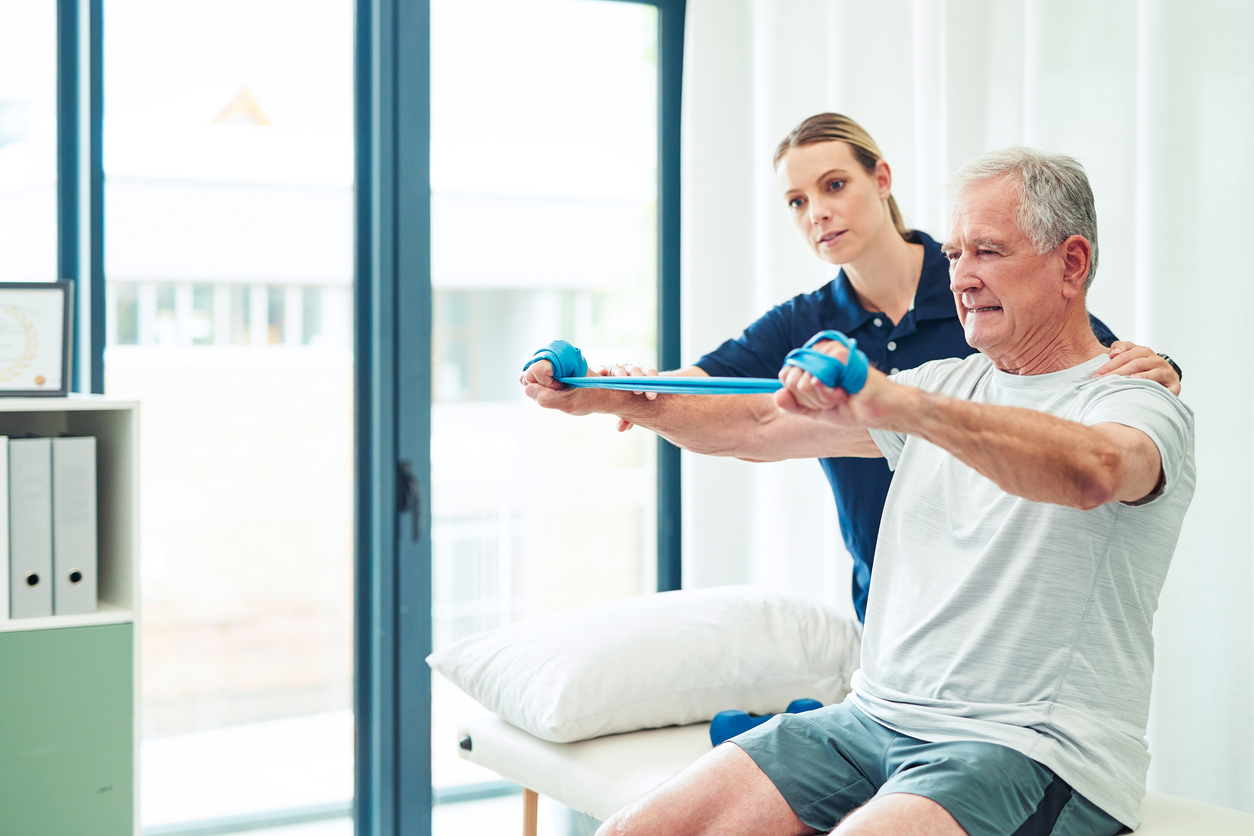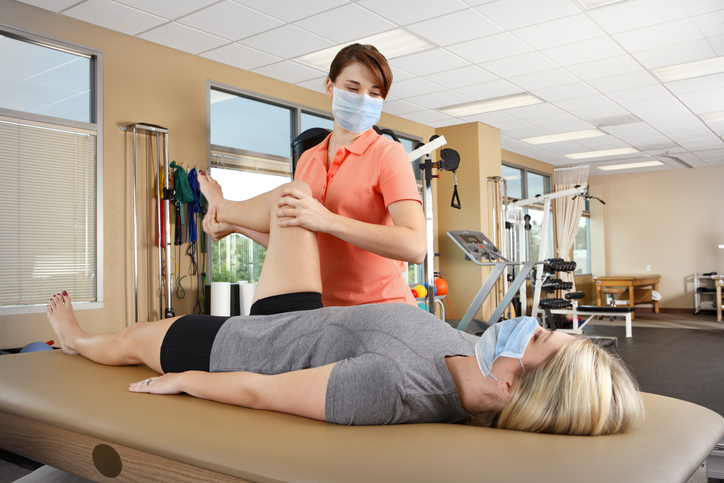Treatments
Who Is a Good Candidate for Dry Needling?

What is dry needling?
Dry needling is a treatment in which fine needles are inserted into the skin to help relieve pain. The needles do not inject any type of fluid into the body, which is why the treatment is called “dry.” The needles are typically inserted into knotted, painful areas of muscles known as trigger points. Dry needling stimulates muscle tissue in order to release knots and stop spasms. It may also improve flexibility and increase range of motion.
Dry needling is often used as part of a broader physical therapy plan. It can be administered by acupuncturists, chiropractors, medical doctors, or physical therapists.
Who is a good candidate for dry needling?
Signs that an individual may be a good candidate for dry needling include the following:
- Myofascial (“myo” refers to muscle and “fascial” refers to tissue that connects muscle) trigger points can be identified through palpation.
- Deep dry needling reproduces the individual's pattern of pain.
- The individual winces or cries out when pressure is applied to myofascial trigger points.
Individuals with the following health conditions may benefit from dry needling:
- Musculoskeletal pain
- Joint, disc, or spine issues
- Lower back pain
- Tendinitis
- Tension headache
- Temporomandibular joint disorder
- Whiplash
- Repetitive motion disorders, such as carpal tunnel syndrome
- Pelvic pain
- Phantom pain
- Postherpetic neuralgia
Who is not a good candidate for dry needling?
Individuals with the following conditions, beliefs, or lifestyle factors are not good candidates for dry needling and should consult their primary care physician before attempting the treatment:
- Pregnancy
- Fear of needles
- Preconceived notions that dry needling will not help
- Use of blood thinners
- Compromised immune system
- Vascular disease
- Diabetes
It’s important to note that dry needling should not be performed over areas of infection or lymphedema. A physician should be consulted prior to dry needling.
For more information about dry needling, please visit Physiopedia.
